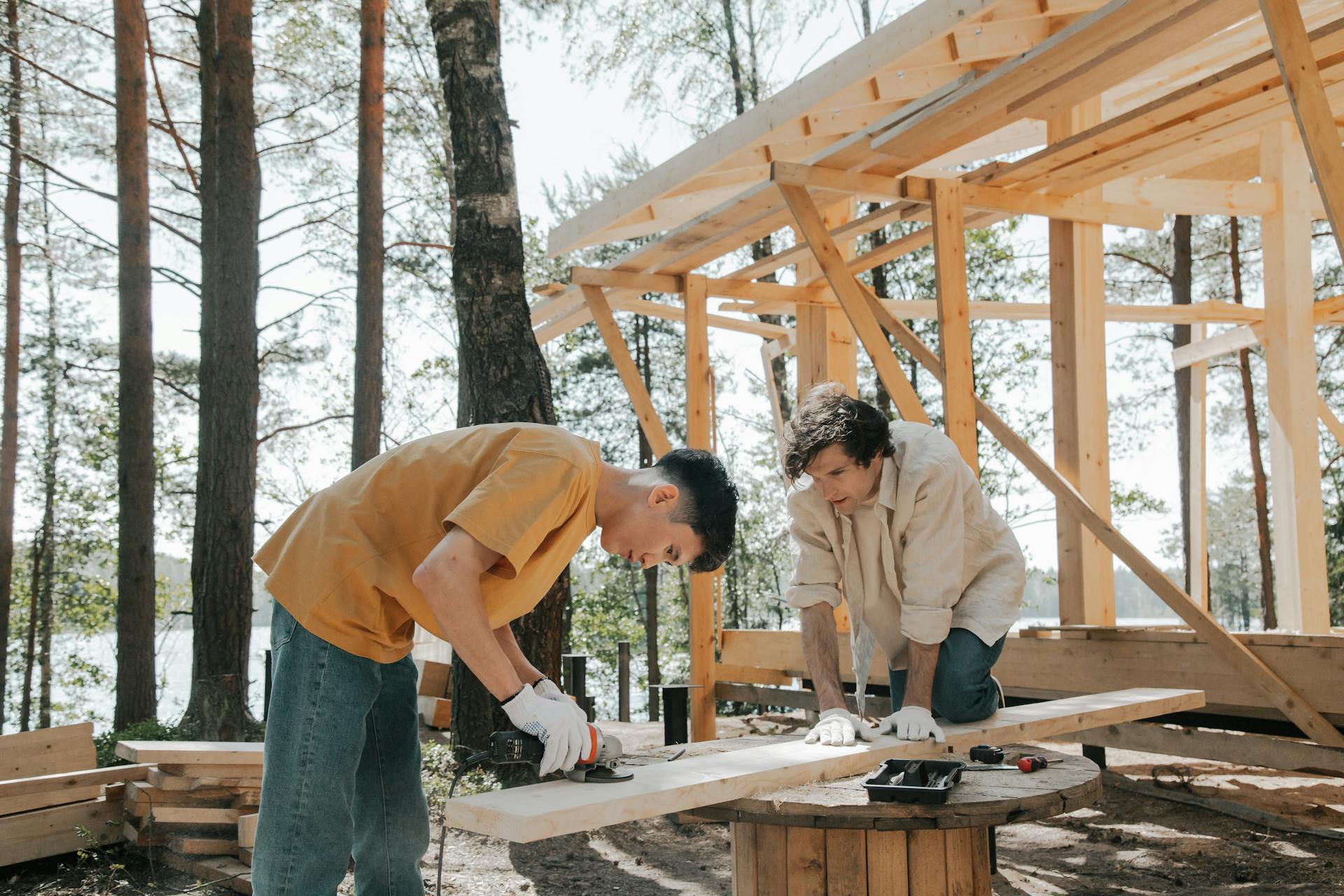

Question: What is the Least Expensive Material to Build a House?
Answer: What is the least expensive material to build a house? It depends on location and availability, but generally, earthbags, shipping containers, and locally sourced lumber are among the cheapest options.
Building a House Affordably: Exploring Material Costs
Building a house affordably requires strategic planning and a keen understanding of material costs. By carefully selecting budget-friendly materials, homeowners can optimize their construction budget and achieve their dream home without breaking the bank. This article looks at affordable building materials, offering valuable information and practical tips for maximizing cost-effectiveness and creating a beautiful and functional home within a reasonable budget.
Understanding Construction Material Costs
Several factors influence material prices. Availability, transportation distance, and demand all play a role. Labour costs also factor into the final price. Choosing readily available materials often reduces expenses.
Click here for more information on how much your home is worth
Related Article: What Type of Roof is the Most Durable?
Related Article: What is the Longest Lasting Building Material?
Evaluating Long-Term Costs
While initial material expenses are important, consider long-term costs. Maintenance, durability, and energy efficiency affect overall expenses.
Maintenance:
Some materials, like concrete, require less maintenance than others, such as wood. Reduced maintenance translates into lower long-term costs.Durability:
Durable materials, like concrete and steel, withstand harsh weather conditions, reducing repair or replacement needs.Energy Efficiency:
Well-insulated homes minimize heating and cooling costs, reducing utility bills over time.
Balancing Cost and Quality
Finding a balance between affordability and quality is crucial. Choosing the cheapest material may lead to higher maintenance or replacement costs later. Consider the long-term implications of each material choice.
Structural Integrity:
The material should ensure structural stability and safety.Local Climate:
Choose materials suitable for the local climate to minimize weather-related damage.Building Codes:
Ensure materials and construction methods comply with local building codes and regulations.
Planning Your Build
Careful planning is essential for a successful and affordable building project. Research materials, compare prices, and consult with building professionals. A well-planned project minimizes unexpected costs and ensures quality construction.
Budgeting:
Develop a realistic budget that accounts for all material and labour costs.Professional Consultation:
Seek advice from architects, engineers, and contractors for informed decisions.Material Sourcing:
Research suppliers and compare prices to find the best deals.
Prefabricated and Modular Homes
Prefabricated and modular homes offer a potentially cost-effective alternative to traditional construction. Factory-built components reduce on-site labour costs and construction time. These homes come in various sizes and designs, offering flexibility and customization options.
Factory Production:
Controlled factory environments minimize weather delays and material waste.Transportation and Assembly:
Transportation and on-site assembly of modules contribute to the overall cost.Customization Options:
Many manufacturers offer customization options to meet individual needs and preferences.
Innovative Materials and Techniques
The construction industry constantly develops new materials and techniques. Exploring these innovations can reveal further cost-saving opportunities. Some examples include:
Structural Insulated Panels (SIPs):
SIPs offer high insulation values and structural strength, reducing heating and cooling costs.Bamboo:
Bamboo is a fast-growing, sustainable material suitable for various applications.3D Printing:
3D printing technology is gaining traction in construction, potentially offering cost and time savings in the future.
Conclusion
Choosing the least expensive material to build a house involves careful consideration of various factors. Initial cost, long-term expenses, durability, and local climate all play a crucial role. Thorough planning, professional consultation, and exploring innovative options can help you build an affordable and quality home. [ 1 ]
References
1. https://www.rockethomes.com/blog/home-buying/cheapest-way-to-build-a-house


